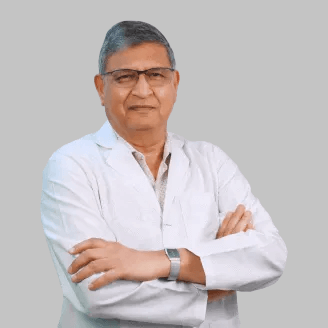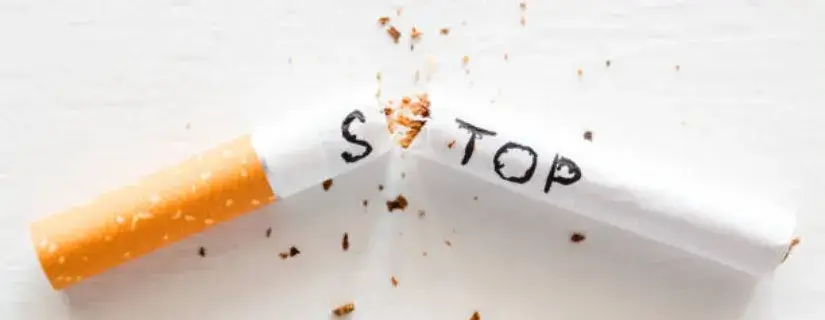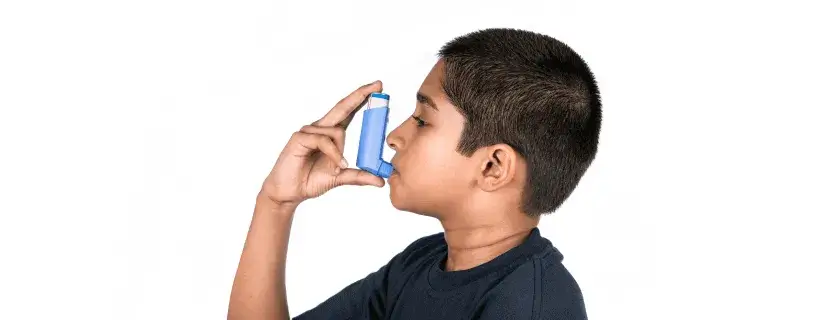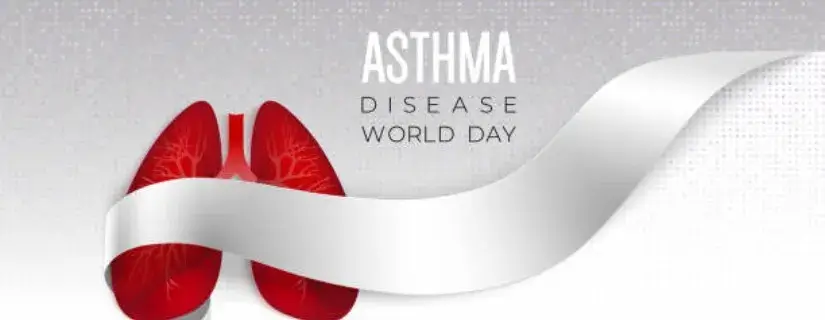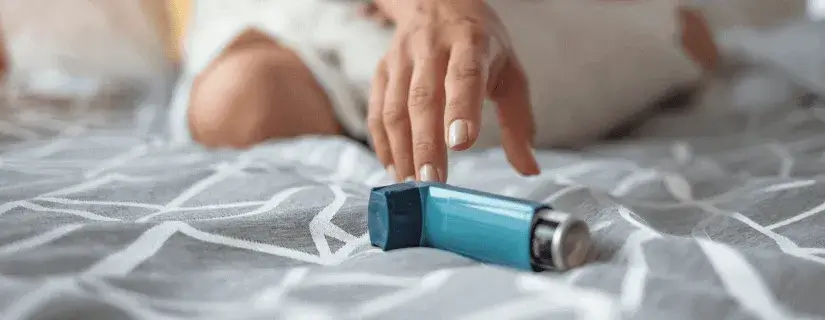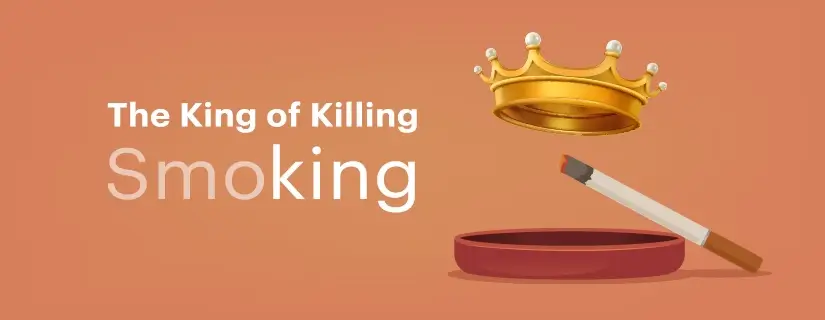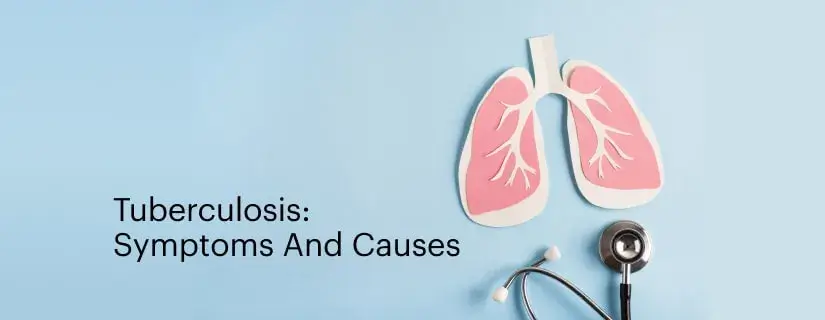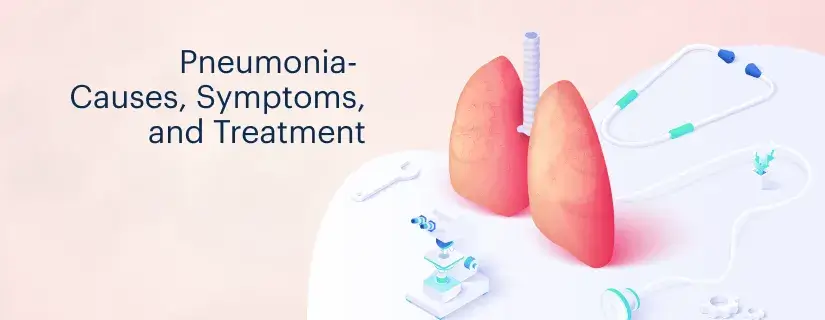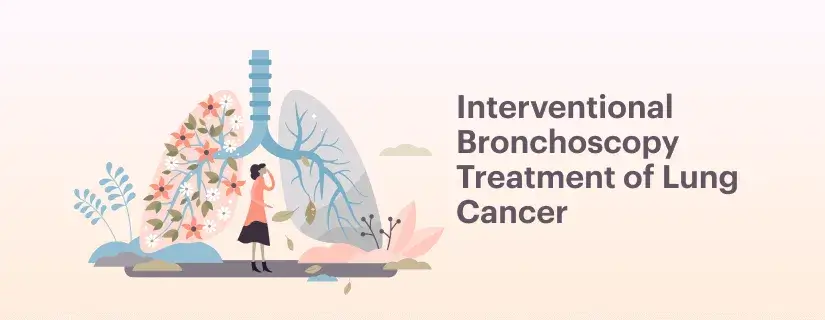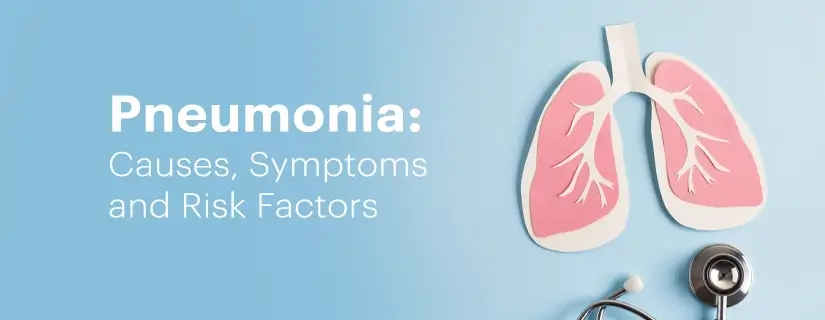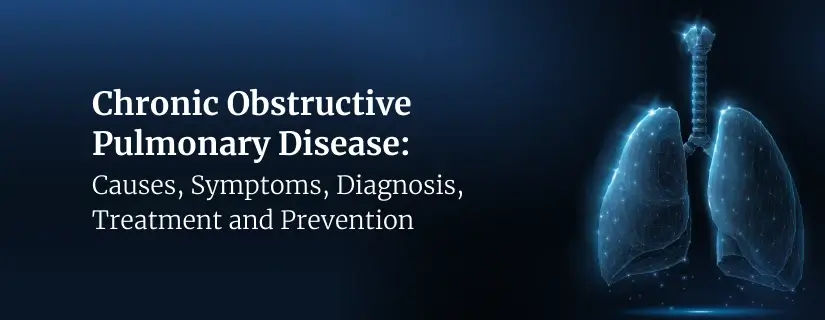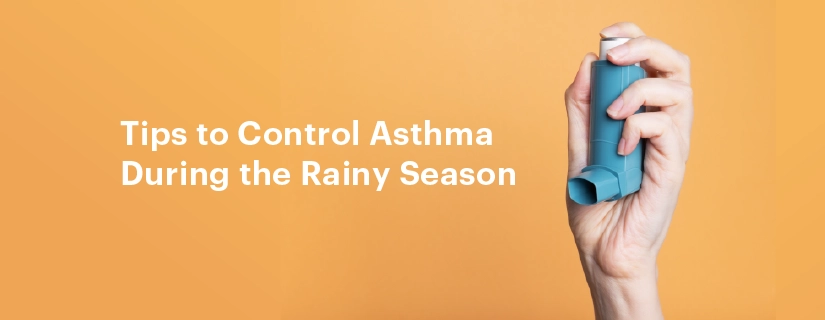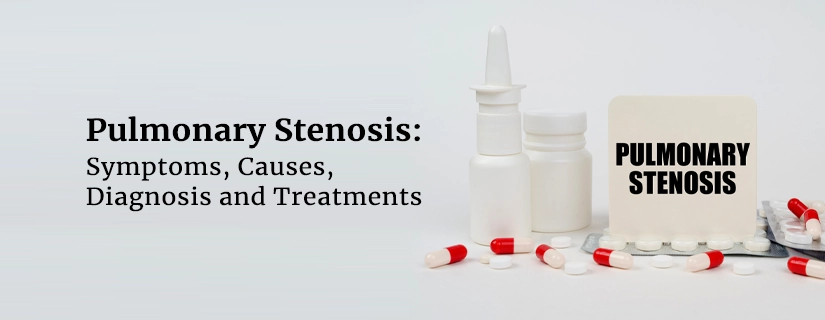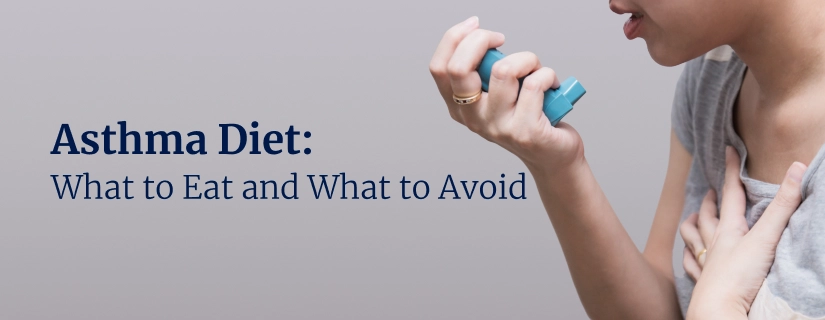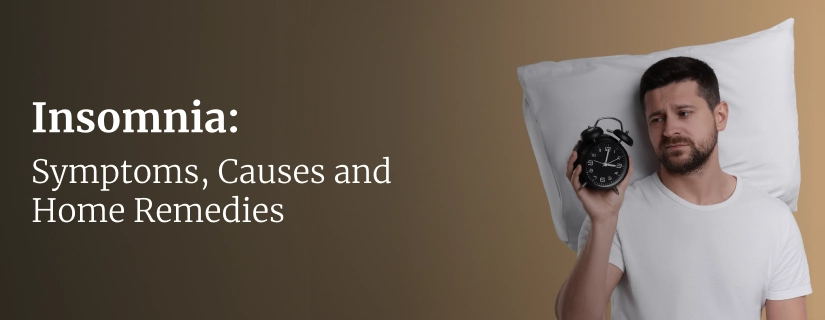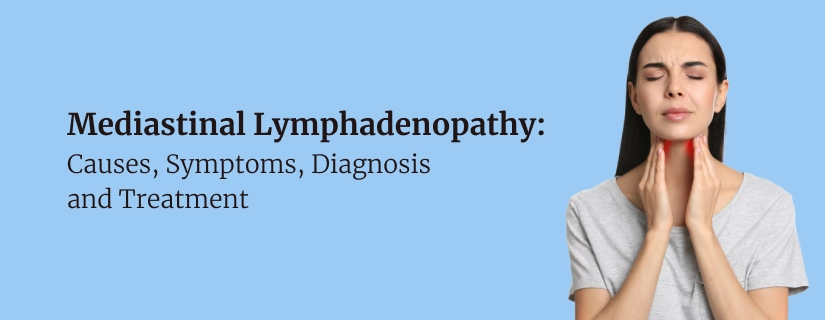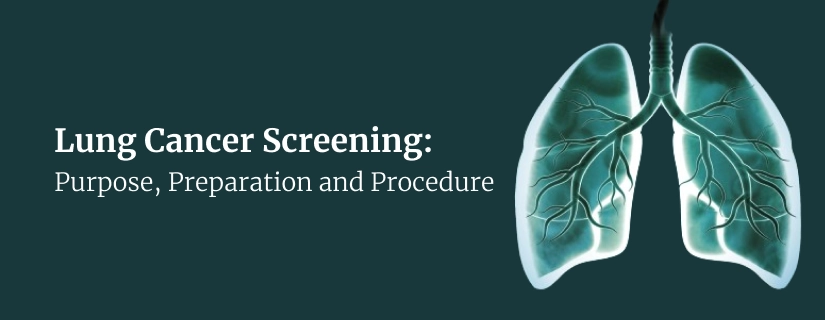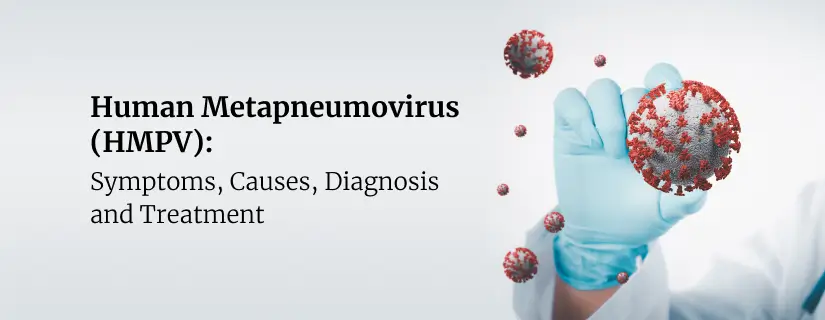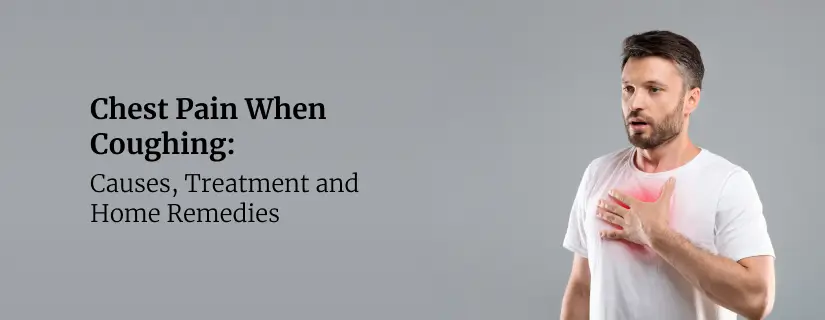-
Doctors
-
Specialities & Treatments
Centre of Excellence
Specialties
Treatments and Procedures
Hospitals & Directions HyderabadCARE Hospitals, Banjara Hills CARE Outpatient Centre, Banjara Hills CARE Hospitals, HITEC City CARE Hospitals, Nampally Gurunanak CARE Hospitals, Musheerabad CARE Hospitals Outpatient Centre, HITEC City CARE Hospitals, Malakpet
HyderabadCARE Hospitals, Banjara Hills CARE Outpatient Centre, Banjara Hills CARE Hospitals, HITEC City CARE Hospitals, Nampally Gurunanak CARE Hospitals, Musheerabad CARE Hospitals Outpatient Centre, HITEC City CARE Hospitals, Malakpet Raipur
Raipur
 Bhubaneswar
Bhubaneswar Visakhapatnam
Visakhapatnam
 Nagpur
Nagpur
 Indore
Indore
 Chh. Sambhajinagar
Chh. SambhajinagarClinics & Medical Centers
Book an AppointmentContact Us
Online Lab Reports
Book an Appointment
Consult Super-Specialist Doctors at CARE Hospitals
Bronchoscopy: Procedure, Preparation, Risks, & Results
Updated on 15 June 2022
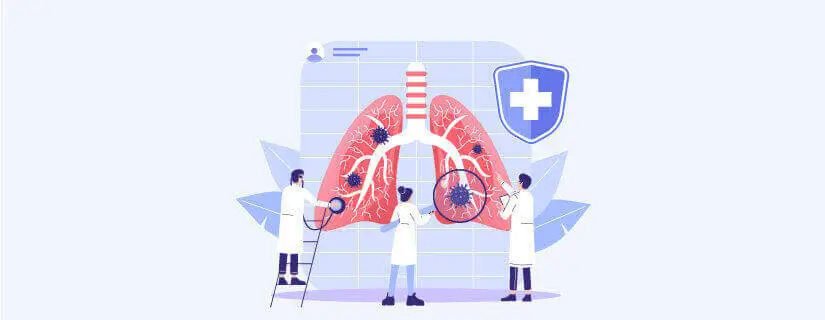
Bronchoscopy is a procedure that helps doctors to determine the condition of the respiratory system of a person. In this procedure, the doctor will use a thin tube fitted with a camera and light at one end. The tube is inserted through the nose or mouth down into the respiratory tube to see the lungs. The tube is flexible and can easily reach the lungs.
When is it done?
A person suffering from any kind of lung problem will need a bronchoscopy because it helps to evaluate the lung problem. It is done in the following cases:
- If a person is suffering from a chronic cough that is not going away and the person is also coughing blood.
- If a person is having difficulty in breathing
- If a person is suffering from any kind of infection
- If there is something abnormal finding seen on the X-ray of the chest by the doctor
Doctors can also use a bronchoscopy in the following cases:
- It helps in diagnosing the problem and infection of the lungs
- For taking the lung tissue for biopsy
- For removing mucus, blockage, or any tumour from the lungs
- For inserting a stent into the airways to keep the airways open
- For treating several lung problems such as a collapsed lung
- For checking the condition of the lymph nodes around the lungs
Preparation for Bronchoscopy
The doctor will give several instructions to prepare for bronchoscopy. General instructions for bronchoscopy preparation include the following:
- Avoid eating or drinking anything after midnight the night before the procedure.
- You must tell the doctor about the medicines that you take regularly because the doctor may advise you to stop some medications a few days before the procedure.
- You also have to remove hearing aids, contact lenses, removable bridges, and dentures before the procedure
- You will be given general anaesthesia during the procedure and therefore you must bring someone with you to take you back home if you will leave the hospital the same day. You will not be able to drive a vehicle due to the effect of anaesthesia.
What happens during a Bronchoscopy?
A bronchoscopy is a medical procedure that allows a doctor to examine the inside of the airways in the lungs, known as the bronchi and bronchioles. Here is an overview of what happens during a bronchoscopy:
- Preparation: Before the procedure, the patient may receive a sedative to help them relax, and a local anesthetic may be applied to numb the back of the throat. In some cases, general anesthesia may be used.
- Insertion of the Bronchoscope: The bronchoscope is a thin, flexible tube with a light and a camera on the end. It can be inserted through the nose or mouth, and occasionally, through a tracheostomy if one is present. The patient may be asked to swallow as the bronchoscope is gently guided through the throat and into the airways.
- Visual Examination: As the bronchoscope is advanced, the doctor can visualize the trachea, bronchi, and smaller airways on a monitor. This allows for a detailed examination of the lung structures.
- Sample Collection: During the bronchoscopy, the doctor may collect samples of lung tissue, mucus, or fluid for further examination. This can help diagnose infections, tumors, or other lung conditions.
- Lung Biopsy: In some cases, the doctor may perform a lung biopsy during the bronchoscopy. This involves removing a small tissue sample for analysis.
- Therapeutic Interventions: Bronchoscopy can also be used for therapeutic purposes. The doctor may use the bronchoscope to remove a foreign object, clear mucus, or place stents in the airways to keep them open.
- Post-Procedure Monitoring: After the procedure, the patient is monitored for a period to ensure there are no complications. Patients who received sedation or anesthesia may need some time to recover.
Procedure of Bronchoscopy
The bronchoscopy procedure includes the following steps:
- The doctor will call you to the hospital. The procedure is done in the hospital setting.
- When you are lying down on a bed, the nurse will check your blood pressure, oxygen levels, and heart rate.
- Medicine will be sprayed into your mouth to numb your nose. The nurse will also give you medicine through an IV to make you sleepy.
- After you are in a deep sleep, the doctor will insert a thin tube through your mouth or nose into the throat that will reach your lungs. A camera and light are attached to the end of the tube that helps to send pictures to an outside screen.
- The pictures also help the doctor to see the inside of your lung clearly. The doctor can also use the bronchoscope to take out a tissue for biopsy.
- The procedure will last for half an hour or more. The total procedure from the preparation time to recovery may take up to 4-5 hours.
Diagnosis of Bronchoscopy
Bronchoscopy is a medical procedure used to diagnose and treat conditions related to the airways and lungs. During a bronchoscopy, a thin, flexible tube with a camera and light (bronchoscope) is inserted through the nose or mouth and into the airways. Here's how the diagnosis process typically works:
- Preparation: Before the procedure, you might need to fast for a few hours. Your doctor will review your medical history and any medications you're taking. You might receive a sedative or local anesthesia to make you more comfortable during the procedure.
- Procedure: The bronchoscope is carefully inserted into your airways, and the images from the camera are displayed on a monitor. The doctor can examine the airways, take samples of tissue (biopsies), mucus, or fluids for testing, and perform other procedures if necessary.
- Biopsy: If abnormal tissue is found, the doctor may perform a biopsy to gather samples for further examination under a microscope. Biopsies can help diagnose conditions like lung cancer, infections, or inflammation.
- Washings and Brushings: The doctor might use special techniques to wash the lung tissue with saline solution or collect cells with a tiny brush. These samples can be examined for infections, inflammation, or other abnormalities.
- Treatment: In addition to diagnosis, bronchoscopy can be used to remove obstructions, control bleeding, or treat certain conditions directly, such as removing a foreign object or placing stents.
- Recovery: After the procedure, you'll be monitored until the sedation wears off. You might experience a sore throat, cough, or minor bleeding for a short time.
- Test Results: Samples taken during the bronchoscopy are sent to a laboratory for analysis. The results help your doctor make an accurate diagnosis and determine the appropriate treatment.
What happens after a Bronchoscopy?
The person is under the effect of anaesthesia and does not remember anything after the process.
You will be kept under observation for a few hours in the hospital to ensure that you do not develop any health problems or complications. You may feel numbness of the mouth for a few hours but it will go away slowly.
It will not be possible to drink or eat anything till the numbness is there in the mouth and throat. But, you can swallow. The doctor will ask you to take small sips of water and eat soft foods or liquid foods such as soup.
You may have a sore throat or roughness in the throat after a few days.
If you experience difficulty in breathing, bleeding while coughing, or chest pain, you must call your doctor.
What are the risks of a Bronchoscopy?
Generally, Bronchoscopy is a safe process but like every other medical procedure, it is also associated with some risks. In some patients, the oxygen level may drop but the doctor can administer artificial oxygen using an oxygen pump.
You can also get pneumonia or fever after the procedure. Some bleeding may occur while coughing. It is a rare side effect but if you notice anything you must call your doctor. It can be managed easily while staying in the hospital.
Who shouldn’t get a bronchoscopy?
A bronchoscopy is a medical procedure where a thin, flexible tube with a camera is inserted into the airways to check for lung issues. Generally, most people can have a bronchoscopy, but there are a few situations where it might not be recommended:
- Severe Breathing Problems: If a person is having extreme difficulty breathing or their oxygen levels are very low, a bronchoscopy might not be safe because it could make breathing worse.
- Bleeding Disorders: People with bleeding disorders, like severe hemophilia, might be at risk for excessive bleeding during or after the procedure.
- Severe Heart Conditions: Individuals with certain serious heart problems might not be able to tolerate the stress of a bronchoscopy.
- Recent Heart Attack or Stroke: If someone has had a recent heart attack or stroke, their doctor might decide to postpone the bronchoscopy to avoid additional stress on the body.
- Uncontrolled High Blood Pressure: Extremely high blood pressure that isn't well managed could increase the risk of complications during the procedure.
- Infections: Active infections, especially if they're severe, might make the procedure riskier.
- Allergic Reactions to Anesthesia: If a person has had severe allergic reactions to anesthesia in the past, the doctor might need to consider alternatives or take extra precautions.
Results
The doctor may give the results the same day or may call you later to know the results. The doctor may call you after the results get ready. The results vary from person to person depending on the purpose of the Bronchoscopy.
Bronchoscopy is a safe medical procedure done in the hospital under general anaesthesia to check the condition of the lungs or for the diagnosis of various lung conditions. Some complications may occur but your doctor can tell you the ways to manage the risk of bronchoscopy. Be sure to reach out to the doctor if you don’t feel right and get the treatment done in time.
ENQUIRY FORM
SELECT CATEGORIES
-
Neurosciences (16)
-
Neurology (38)
-
Neurosurgery (14)
-
Orthopaedics (48)
-
Oncology (33)
-
Obstetrics and gynecology (52)
-
Pulmonology (23)
-
Urology (20)
-
Nephrology (13)
-
Psychiatry (7)
-
Dietetics and Nutrition (111)
-
General Medicine (63)
-
Cardiac Sciences (32)
-
Vascular & Endovascular Surgery and Interventional Radiology (15)
-
Gastroenterology (46)
-
Endocrinology (23)
-
Plastic Surgery (10)
-
Critical Care Medicine (5)
-
COVID-19 (16)
-
Dermatology (16)
-
Emergency Care (1)
-
Ophthalmology (4)
-
Pediatrics (14)
-
Laparoscopic and Bariatric Surgery (8)
-
ENT (15)
-
Kidney Transplant (1)
-
Liver Transplantation and Hepatobiliary Surgery (5)
-
General Surgery (3)
-
Internal Medicine (5)
-
Medicine Information
Tobacco – Threat To Our Environment
Easy ways to Quit Smoking Tobacco
YOU MAY ALSO LIKE
RECENT BLOGS
-
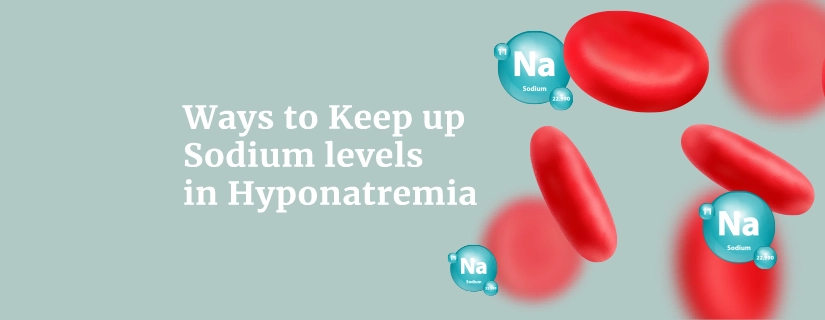
Ways to Keep up Sodium levels in Hyponatremia
11 December 2025
Read More
-

12 Health Benefits of Apple Cider Vinegar
1 December 2025
Read More
-

Vitamin B6 Vs B12: What Is the Difference?
1 December 2025
Read More
-

8 Health Benefits of Vitamin B Complex
1 December 2025
Read More
-

15 Home Remedies for Stomach Pain
1 December 2025
Read More
-
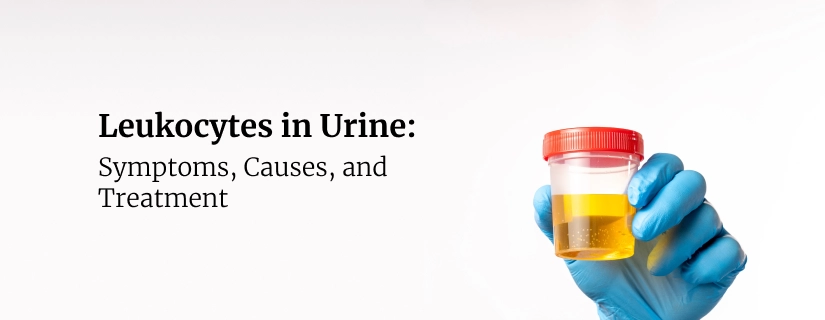
Leukocytes in Urine: Symptoms, Causes, and Treatment
1 December 2025
Read More
-
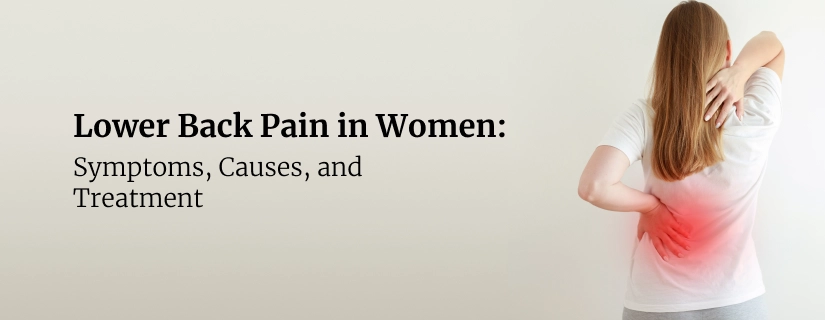
Lower Back Pain in Women: Causes, Symptoms, Treatment and More
1 December 2025
Read More
-
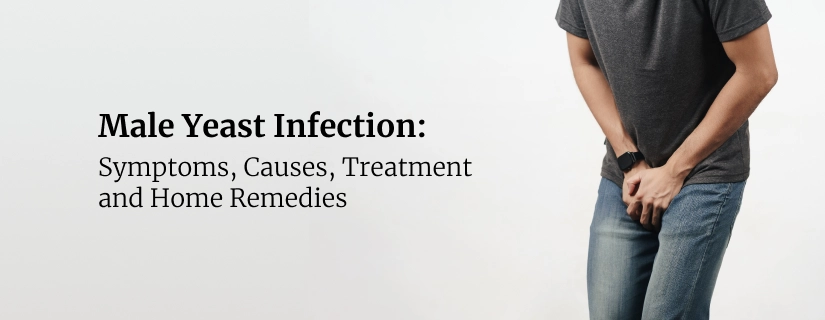
Male Yeast Infection: Symptoms, Causes, Treatment and Home Remedies
1 December 2025
Read More
Have a Question?
If you cannot find answers to your queries, please fill out the enquiry form or call the number below. We will contact you shortly.


